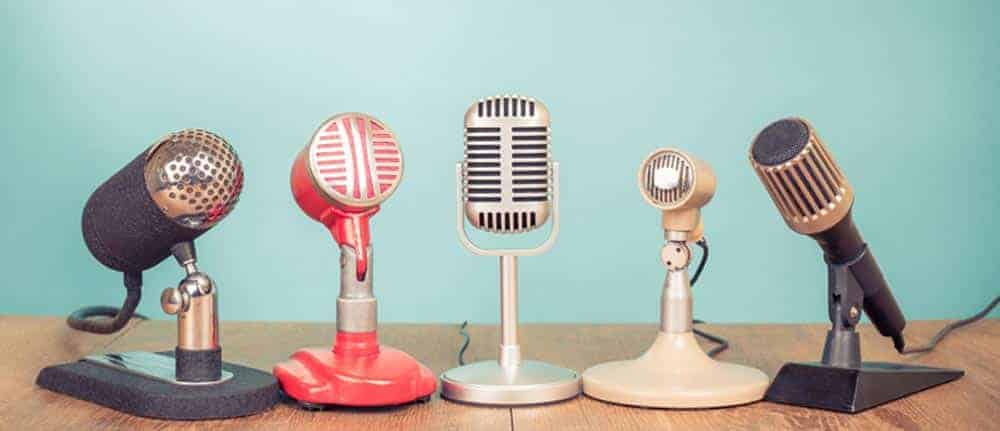House Message: Friend and Foe


Probably no other industry has as many trade fairs, congresses, roadshows, workshops and conventions as IT. Amazing, isn't it? After all, IT is predestined to distribute news via the Internet at lightning speed.
Trends and new products can hardly be concealed over a longer period of time. And if nothing ever leaks out, the rumor mill simmers more than the tabloids.
Trade shows, with their long preparation times and immense costs, don't really fit into this picture. And yet, the very people who travel to CeBIT are those who, even before taking their morning bath, find out about what's going on in the IT world on the relevant Internet forums in order to stay up to date.
But in fact, fewer and fewer visitors are coming to CeBIT. The number of exhibitors is also declining. It has long since ceased to compare with the record year of 2001, when almost 8100 companies exhibited.
This year there were just over 4000 exhibitors and 280,000 visitors. Still a handsome number compared to other events. However, we unfortunately could not find out whether some of them were deterred by the prohibitive WLAN access costs - at least those who do not have a German cell phone network.
Nevertheless, the organizers are satisfied. They are anyway concerned with quality, not quantity, said Frank Pörschmann, head of the trade fair. Certainly, some companies agree with him that want to and can do without the walk-in customers.
Others, on the other hand, will critically scrutinize their appearance at CeBIT. They will think about where the trade show is headed and whether all that money would not be better invested elsewhere.
CeBIT, like many other trade fairs, has to ask itself whether such gatherings are still in keeping with the times at all. Or is the concept of the trade show already outdated?
This year's CeBIT, however, had little to do with old-fashioned: There were flashing lettering, garish colors, live bands, stage shows in the morning and afternoon at every turn.
In general, it was more colorful, shrill and loud than it had been for a long time. And not everything had to do with IT and computers. If you ask visitors what they hope to achieve at and from CeBIT, or why they are making the often arduous journey, the tenor is clear: they want to find out about trends in the IT industry, cultivate contacts and, ideally, new business opportunities will open up.
And that is what Internet forums, online presentations or other news tickers cannot do: interpersonal contact, the handshake quality that is still booming in German-speaking countries, and the opportunity to look friend and foe directly in the eye.
So CeBIT will be back next year, as will other trade shows and conventions. But then they want to focus even more on the interests of the exhibitors.
Start-ups are also to be brought more to the fore. In addition, the focus is also on the density of decision-makers, says Frank Pörschmann. Because his plan is:
"CeBIT should be an interface between the IT sector and traditional industries, whether it's automotive, energy or healthcare."
At least the industry association Bitkom welcomes this course. (amn)





